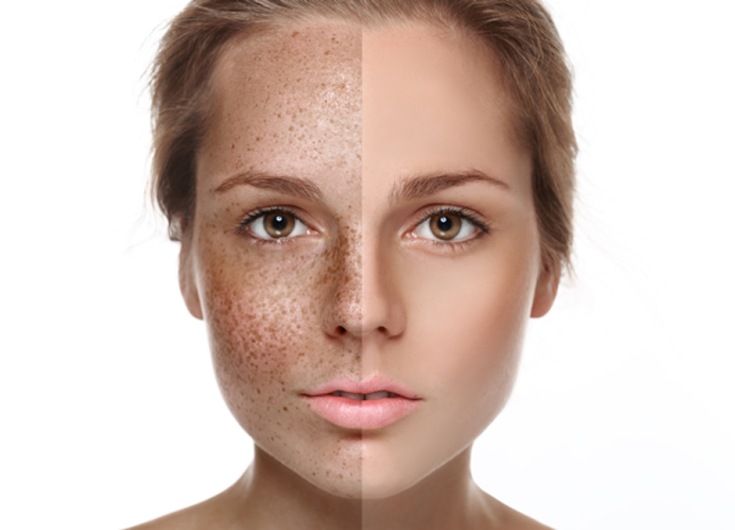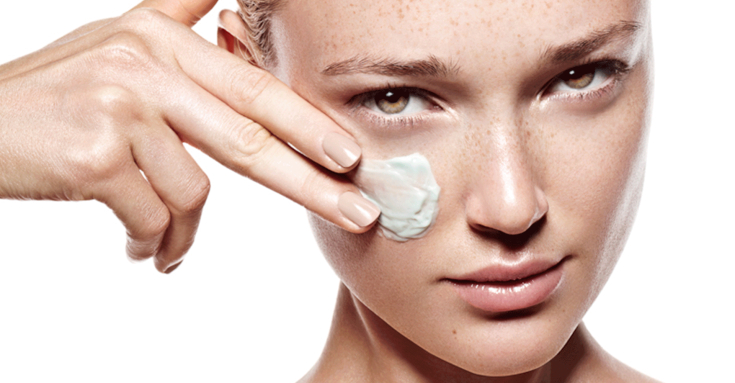Peels are an effective tool in the cosmetologist's arsenal to achieve healthy and radiant skin. However, the use of peelings in the summer requires special attention and accuracy. In this expert article, we will look at the important aspects to consider when applying peels during the hot season to ensure safety and achieve optimal results for our clients.
- Assessment of skin type and pigmentation
- Sun protection comes first
- Individual approach and consultation
Assessment of skin type and pigmentation
The first and most important step before exfoliating in the summer is a thorough assessment of the client's skin type and pigmentation. The summer months are often accompanied by increased exposure to the sun, which increases the risk of hyperpigmentation after peeling. Consider the client's skin characteristics, such as age spots, sunburn, or active tanning, before proceeding with the procedure.
Follow us on Telegram

Use of safe and gentle peels
In summer, it is recommended to give preference to softer and safer peels. Fruit acids such as glycolic, lactic or malic acids are excellent choices as they provide sufficient exfoliation without a high risk of side effects.
Retinol and retinoic acid: comparison of effectiveness
They also contribute to skin hydration, which is especially important in conditions increased warmth.
Sun protection comes first
After peeling in the summer, special attention should be paid to protecting the skin from sunlight. Peels make the skin more sensitive to UV radiation, so be sure to encourage your clients to use sunscreens with a high SPF and broad spectrum protection.
Regular use of sunscreen will help prevent the risks of hyperpigmentation and sunburn.
The main rule for the use of peels in the summer is the mandatory use of sunscreen. Peelings can make the skin more sensitive to ultraviolet radiation, so sun protection becomes an important aspect after the procedure. Encourage your clients to use a sunscreen with a high SPF and broad spectrum protection.
Individual approach and consultation
Each client is unique, so it is important to conduct individual consultations and analyze the specifics of each case. Consider the client's history, as well as skin characteristics, to determine the optimal type and intensity of peeling. This will help minimize risks and achieve better results.
Features of chemical peeling with acids

The use of peels in the summer requires special attention and careful planning. Compliance with safety, the use of soft peels and active sun protection are the main components of the successful use of peels during this period. Consider each client's individual needs and consult to ensure safety and achieve the best results for their skin. Proper use of peels will help clients maintain healthy and glowing skin throughout the summer season.
More interesting content on our YouTube channel :







Add a comment